Exploring the little-known gems of Costa Rica’s national parks and reserves leads me to the very tip of Costa Rica’s Nicoya Peninsula, to Cabo Blanco.
 Officially named the Cabo Blanco Absolute Natural Reserve, this small park is spectacularly picturesque with tropical forest, pure white-sand beaches, warm aquamarine sea, waterfalls and rivers and hundreds of natural sights from trees to birds to monkeys to shells.
Officially named the Cabo Blanco Absolute Natural Reserve, this small park is spectacularly picturesque with tropical forest, pure white-sand beaches, warm aquamarine sea, waterfalls and rivers and hundreds of natural sights from trees to birds to monkeys to shells.
Costa Rica counts 25 national parks covering a little over 12% of its territory, but with private reserves, protected areas and wildlife refuges, the number jumps to 161 adding up to 25.6% of the country. Mainly only the principal attractions are visited each year, leaving many such treasures as Cabo Blanco to travelers exploring “off the beaten path.”
Measuring 3,140 terrestrial acres and 4,420 marine acres, Cabo Blanco Reserve has an  interesting history. By 1960, the area was nearly completely denuded for farming and cattle. Two nature loving conservationists, Olof (Nicolas) Wessberg and Karen Mogensen moved from Sweden to the area and bought land. They saw the wealth of nature still left at the very tip of the peninsula, and with the help of an international agency, bought 3,100 acres in October 1963, convincing the government to turn the area into the country’s first privately protected reserve. Now it is a fully regenerated secondary forest, protecting a combination of dry and humid tropical forest and all waters extending 1 km out from the shoreline.
interesting history. By 1960, the area was nearly completely denuded for farming and cattle. Two nature loving conservationists, Olof (Nicolas) Wessberg and Karen Mogensen moved from Sweden to the area and bought land. They saw the wealth of nature still left at the very tip of the peninsula, and with the help of an international agency, bought 3,100 acres in October 1963, convincing the government to turn the area into the country’s first privately protected reserve. Now it is a fully regenerated secondary forest, protecting a combination of dry and humid tropical forest and all waters extending 1 km out from the shoreline.
The Cabo Blanco Reserve is open Wednesday to Sunday from 8:00 am to 4:00 pm. There are two main trails for visitors to walk. The shortest trail, called “Sendero Danes” (Danish Trail), is 1.3 km long and can be easily walked in a morning or afternoon. The longest trail, called “Sendero Sueco” (Swedish Trail), is more than 4 km and leads you to the pristine white-sand beach in front of Cabo Blanco Island. This trip will take more than half a day, so plan to bring a lunch, plenty of drinking water and allow time to enjoy the beach and have a swim. There are showers and drinking water available at the beach.
What can you see? About 140 different species of trees, howler and white-faced monkeys,  coatis, white-tailed deer, coyotes and margays (wild cats) call Cabo Blanco home. The area is ideal for bird lovers. Due to the combination of sea coast, freshwater rivers, mountains and forest, you can see hundreds of different types, including roseate spoonbills, kingfishers, toucans and bellbirds. The rocky coast and Cabo Blanco Island are a rookery for marine birds, including a huge concentration of pelicans and the largest colony of brown boobies in Central America.
coatis, white-tailed deer, coyotes and margays (wild cats) call Cabo Blanco home. The area is ideal for bird lovers. Due to the combination of sea coast, freshwater rivers, mountains and forest, you can see hundreds of different types, including roseate spoonbills, kingfishers, toucans and bellbirds. The rocky coast and Cabo Blanco Island are a rookery for marine birds, including a huge concentration of pelicans and the largest colony of brown boobies in Central America.
If you want to stay longer, the San Miguel Biological Station in the reserve supports teaching, research and environmental education of the area. Facilities include classrooms, laboratories, reference library, bunk house lodging with electricity and shared bathrooms for groups of up to 30.
While visiting Cabo Blanco, it is very important to follow park policies:
- Don’t take anything out of the park (nature) or leave anything behind (trash).

- Keep to the trails.
- Don’t disturb the animals or plant life.
- No hunting or fishing.
- No smoking! This is a dry forest and very susceptible to fires.
The entrance to the Cabo Blanco Reserve is at the far end of the tiny fishing village of Cabuya. Complete your day by taking time to hang out and watch the fisherman bring in their catch, or beach comb and explore the coves. A very interesting feature of Cabuya is the village’s unique cemetery, located on a tiny deserted island that can only be reached by foot at low tide.
 How to get there? From San Jose, take Route 27 (Caldera Highway) to Puntarenas. Take the ferry across the Gulf of Nicoya to Paquera, and then drive through Tambor, Cobano and Cabuya. Or, take a local flight from San Jose to Tambor and rent a car or arrange for private transport. The Cabo Blanco Reserve entrance is 2 miles south of Cabuya.
How to get there? From San Jose, take Route 27 (Caldera Highway) to Puntarenas. Take the ferry across the Gulf of Nicoya to Paquera, and then drive through Tambor, Cobano and Cabuya. Or, take a local flight from San Jose to Tambor and rent a car or arrange for private transport. The Cabo Blanco Reserve entrance is 2 miles south of Cabuya.
Where to stay when visiting Cabo Blanco? A great place is Hotel Tropico Latino at the amazingly beautiful Santa Teresa Beach, just up the coast a bit. Imagine your own private suite right on the beach, and relaxing in your own private pool  and Jacuzzi while watching spectacular sunsets. Hotel Tropico Latino won the Certificate of Excellence from Trip Advisor in May 2011. The hotel offers daily yoga classes, “front yard” surfing, and week-long yoga & surf retreats. You can pamper yourself at the hotel’s first class all-natural spa and dine on fresh tropical cuisine in the restaurant.
and Jacuzzi while watching spectacular sunsets. Hotel Tropico Latino won the Certificate of Excellence from Trip Advisor in May 2011. The hotel offers daily yoga classes, “front yard” surfing, and week-long yoga & surf retreats. You can pamper yourself at the hotel’s first class all-natural spa and dine on fresh tropical cuisine in the restaurant.
By Shannon
Related articles
- Explore, dream, discover at Playa Santa Teresa (enchanting-costarica.com)
- Tortuga Island – your picture-perfect paradise! (enchanting-costarica.com)
- Daydreams of a tropical paradise (enchanting-costarica.com)



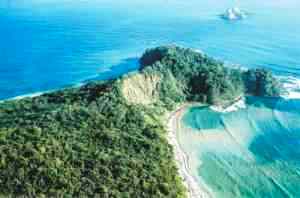

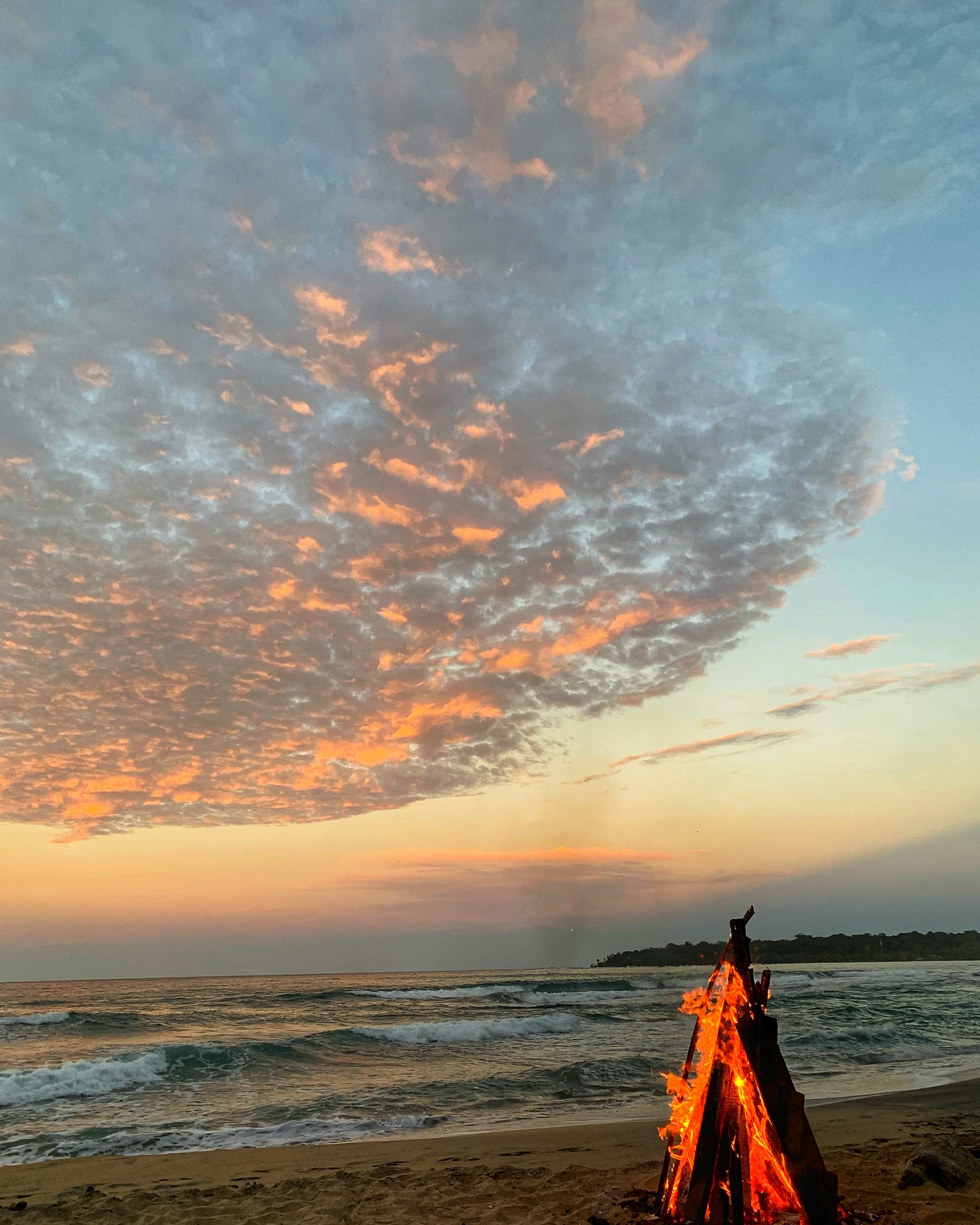
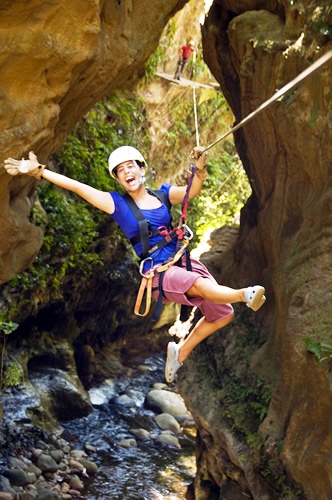
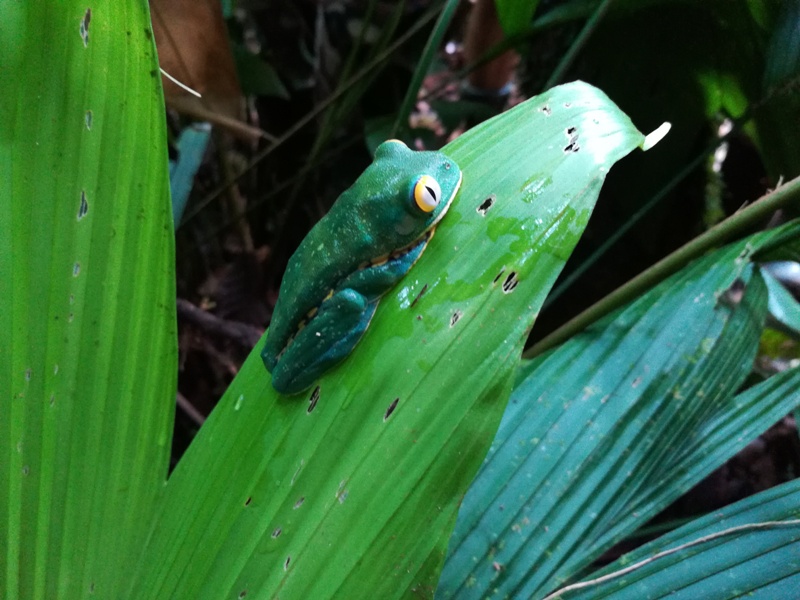

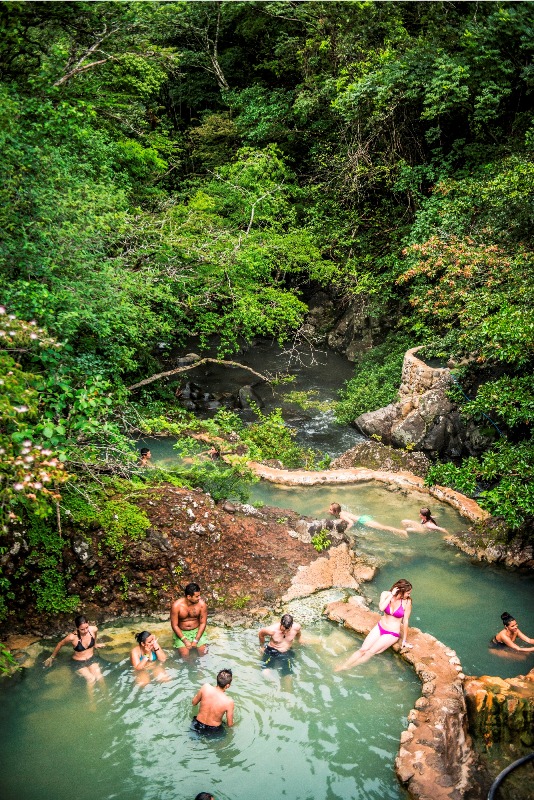
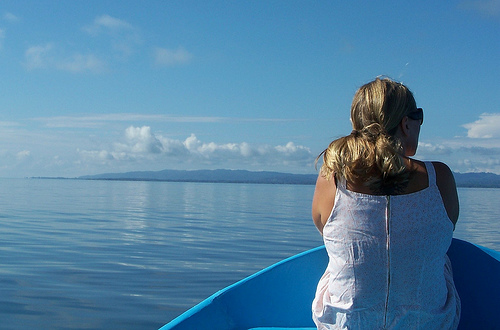
[…] Cabo Blanco – hidden gem of national parks […]